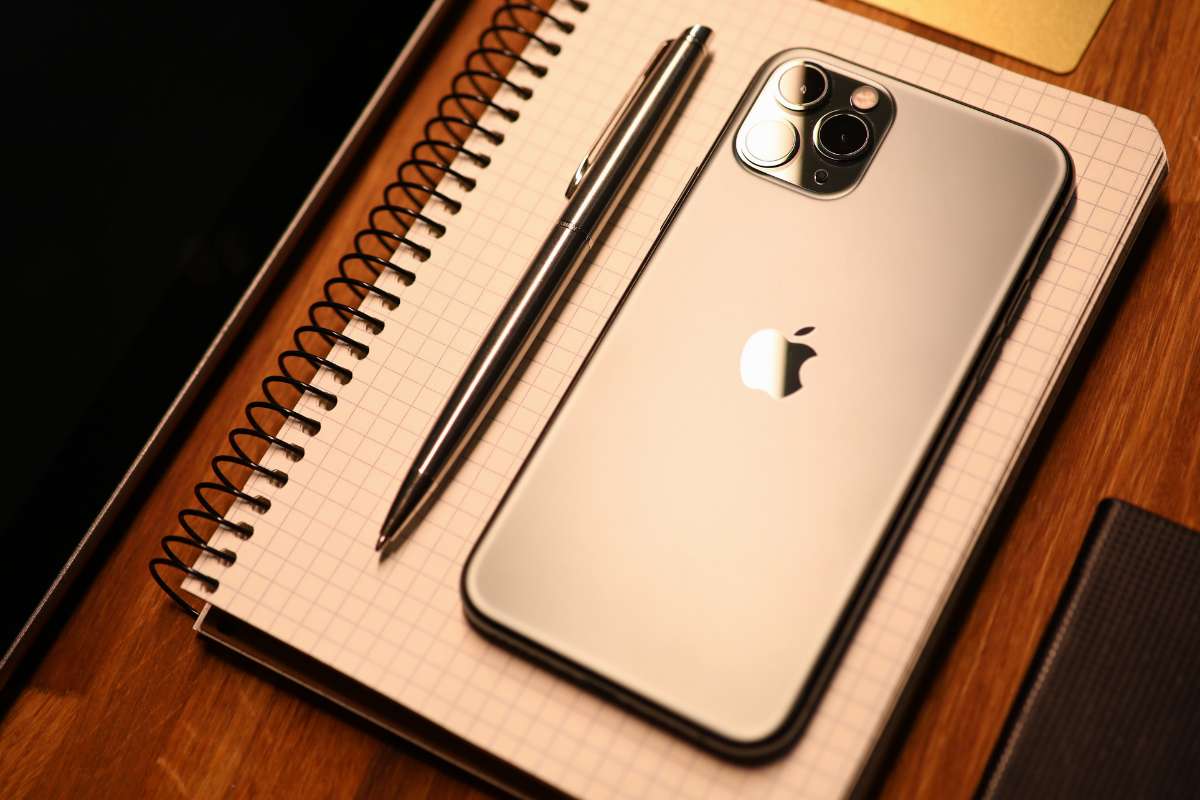The newly launched iPhone 13 models are special in many ways. One of the biggest takeaways is the introduction of the ProMotion display as coined by Apple. The latest models feature a new OLED display panel with a 120 Hz refresh rate. This display technology adopted by Apple is available only on the Pro models - the iPhone 13 Pro and iPhone 13 Pro Max.
iPhone 13 Pro Display Issue
Ideally, the new iPhone Pro models with the ProMotion display technology are expected to have ultra-smooth display panels due to the fast refresh rate. However, scrolling through the device in the initial days, it has been discovered that the scrolls are fine but the animations are at 60 Hz refresh rate. Notably, this has been found that this is the case only while using third-party apps wherein the animations and other tiny elements do not refresh at 120 Hz. To be precise, scrolling through Instagram will happen at 120 Hz but the animations are a hit as they are stuck at the standard 60 Hz across most third-party apps. Already, there are tons of reports that are making rounds on the internet regarding the feedback from the iPhone 13 Pro buyers. Many buyers of the device are seen fuming as the company has restricted a feature that is pretty cool. Talking about the iPad Pro, there are no restrictions related to the display refresh rate and users have been witnessing a fluid and smooth experience even while using third-party apps on these devices.
Major Improvement On Cards
It is clear that Apple has programmed its offerings in such a way that the display switches to a lower refresh rate when the device is idle in an attempt to save battery life. Diving deeper into this, a report by 9to5Mac claims that Apple has exempted its own apps on the iPhone 13 Pro and iPhone 13 Pro Max from this situation and lets them operate at 120 Hz. While it is facing backlash due to this, Apple had to acknowledge this bug and ensure that the team will fix the same in the coming days. The company has accepted that these events were due to an OS bug and complete support for 120 Hz in third-party apps will soon be rolled out.
